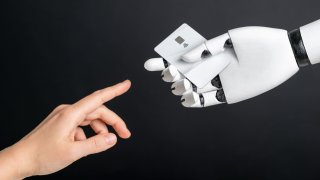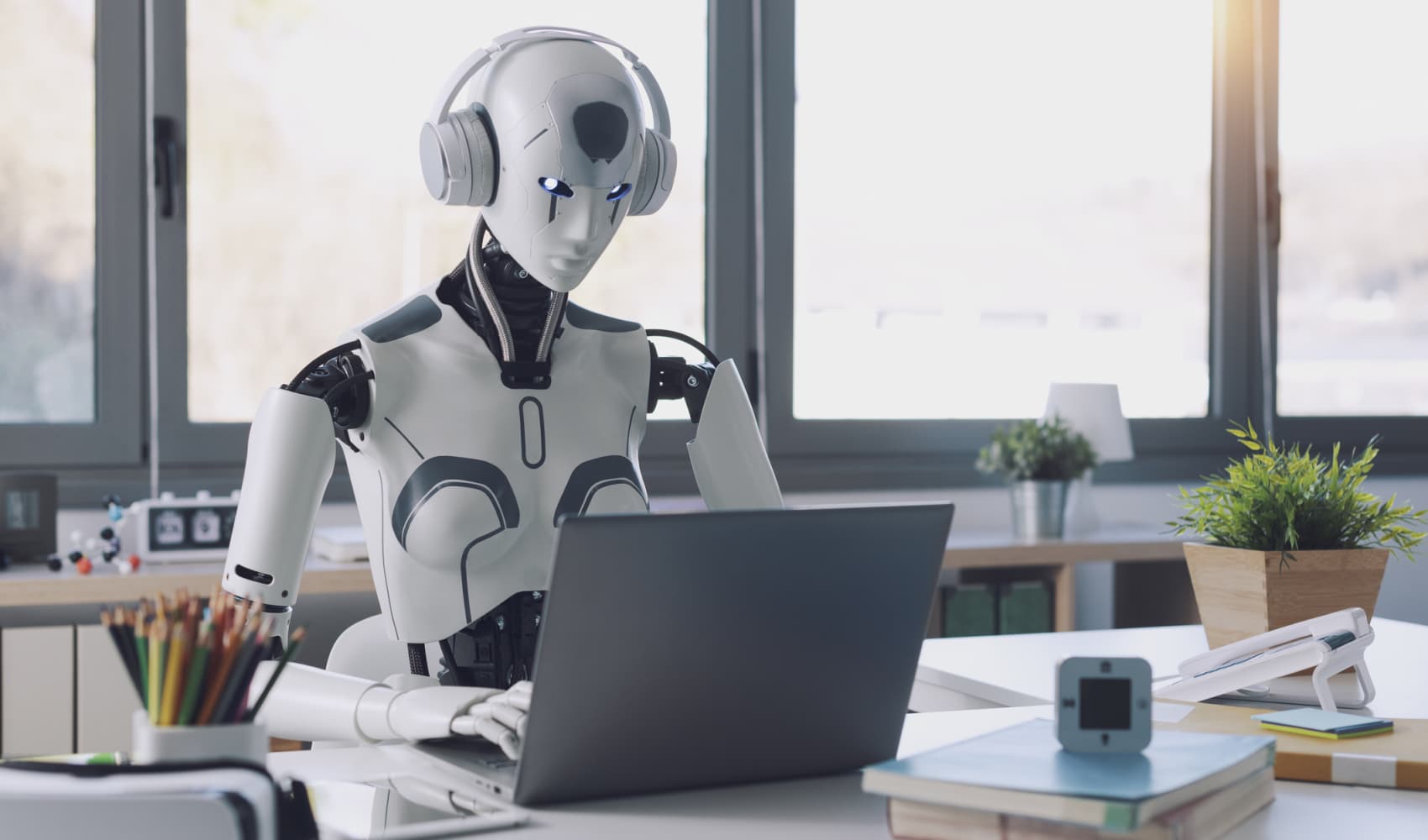
- There are more than 13 billion Internet of Things (IoT) connected products deployed with the potential to behave as customers and Gartner forecasts that number will rise to 15 billion by 2028.
- CEOs estimate 15% to 20% of their revenue will come from machine customers by 2030.
- Amazon, Walmart, Tesla and Carvana are all working with versions of machine customers today.
When a company completes a transaction or interacts in some way with a customer today, there's a pretty good chance that customer is a machine. And with all the devices proliferating in the growing digital infrastructure, IT leaders need to be prepared for the age of the machine customer.
"Machine customers are already among us. They're performing the tasks we'd normally do as human customers," said Don Scheibenreif, vice president and analyst with Gartner's customer experience research group.
There are more than 13 billion Internet of Things (IoT) connected products deployed with the potential to behave as customers, shopping for services and supplies for themselves and their owners, Scheibenreif said.
Get South Florida local news, weather forecasts and entertainment stories to your inbox. Sign up for NBC South Florida newsletters.
Gartner forecasts that number will rise to 15 billion by 2028, and the firm's research shows that CEOs estimate 15% to 20% of their revenue will come from machine customers by 2030.
"Today, we are tracking over 100 different emerging examples of machine customers, with more coming to our attention on a regular basis," Scheibenreif said.
Machine customers can receive messages such as advertising, offers, email and information from the surrounding environment, Scheibenreif said. For example, online car retailer Carvana uses bots to receive messages from humans trying to sell their cars.
Money Report
They can also make their own purchasing decisions. The Amazon Dash Replenishment service uses smart shelves in homes or offices to trigger reorders of consumable products once a certain usage threshold is reached, Scheibenreif said.
Machines can also negotiate for the best deal, including finding the best value for a transaction and executing the purchase. "Walmart has deployed AI-powered negotiations chatbots to connect with suppliers of 'goods not for resale' — categories such as fleet services, carts and other equipment used in retail stores," Scheibenreif said.
Devices can request service such as repairs, upgrades or even replacement. "Tesla vehicles can diagnose their own issues, preorder parts for service and prompt the user to schedule a service appointment," Scheibenreif said.
And Italy-based iProd has a platform that can accommodate the requests of machine customers located in a manufacturing environment. "The platform allows the machine to automatically purchase what it needs from its manufacturer," Scheibenreif said.
Analytics, AI and IoT device connectivity "are getting to a maturity stage where they are present everywhere and are reliable," which has resulted in billions of connected devices, says Vishal Gupta, CTO, CIO and senior vice president of connected technology at Lexmark, a provider of printing and imaging products.
"These connected devices present a stellar new opportunity to monitor conditions, including any repairs needed [and] any supplies needed, and automatically place such orders in an autonomous way with no human intervention," Gupta said.
Machine customers represent a big opportunity over the next five to seven years for any business that uses connected devices, according to Gupta. "This opportunity is for both organizations that sell to consumers as well as those that target business customers," he said.
Lexmark has more than 1.5 million printers in the field that are connected, and has nearly 100 IoT sensors per printer.
"We enable our customers to track metrics around the maintenance of those machines and their level of supplies," Gupta said. "There are several thousands of printer cartridges that are shipped daily with no human intervention as a result of this IoT connectivity and intelligence."
According to Gupta, this enables the machines to last at least 50% longer, and reduces downtime by more than 60% via predictive maintenance and the ability to automatically find and resolve issues.
How to get ready for machine customers
IT executives should put in place a game plan for supporting machine customers now, if they haven't already.
"IT leaders need to develop a holistic strategy around organization alignment, building organizational skills and technology to go after this compelling machine customer opportunity," Gupta said.
The first step for CIOs and their IT colleagues is to work in partnership with business executives to identify the top use cases where machine customers can create meaningful revenue or cost reduction opportunities, Gupta said.
Then they need to build the technical foundation to support machine customers and hire professionals with skills to execute on this new opportunity. "These skills typically cover IoT, edge [computing], AI, and cloud, and so many of these are already present in IT teams," he added.
"Don't wait for the perfect use case; others will move ahead," Scheibenreif said. "Be the leader that brings everyone together on this opportunity. Create a machine customer investigation team. Enlist senior representatives from strategy, IT, product development, sales and service."
It's best to create scenarios that explore the market opportunities, Scheibenreif said. For example, which IoT-enabled products might arise in the situations or activities where customers use the company's products and services? CIOs and other technology leaders need to determine how machine customers might change their companies' go-to-market approach. "Lead the organization's technology architecture to support machine customers by working collaboratively with sales, product, service, marketing and IT," Scheibenreif said.






